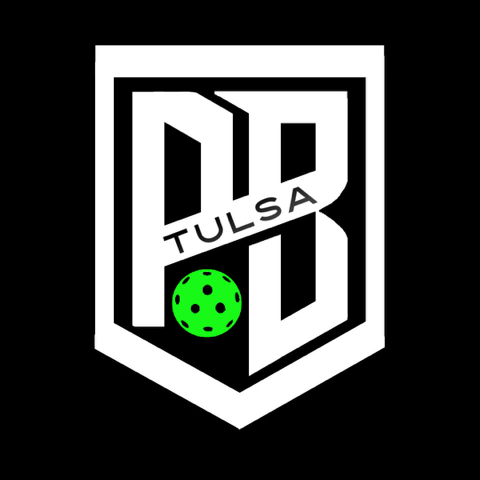Basic Pickleball Rules
Mastering the Basics: A Guide to Pickleball Rules
Pickleball might be the new kid on the block in the world of sports, but its rules are as straightforward as they are fun. Whether you’re a curious newbie or an experienced player brushing up on the basics, understanding the rules is the first step to dominating the court—or at least having a blast trying!
The Court and Equipment
Let’s start with the stage. Pickleball is played on a court the size of a badminton court—20 feet by 44 feet—with a net that’s 36 inches high at the sidelines and 34 inches at the center. All you need is a paddle (think oversized ping-pong paddle), a perforated plastic ball (like a wiffle ball), and comfortable shoes. Voilà, you’re ready to play!
The Serve
Serving in pickleball is an art and a science. The server must stand behind the baseline, serving the ball diagonally into the opponent’s service court. The serve is underhand, with the paddle below the waist, and it must clear the non-volley zone (also called the "kitchen") without touching the net. Only one serve attempt is allowed, except in the case of a let (when the ball clips the net but lands in the correct service court).
The Kitchen
Ah, the infamous kitchen—the 7-foot non-volley zone near the net. Players cannot step into this area to volley a ball (hit it out of the air). However, you can enter the kitchen to hit a ball that has already bounced. Mastering kitchen play is key to leveling up your game—it’s where finesse often beats power.
Scoring
Pickleball uses a rally scoring system up to 11 points, and you must win by 2. Only the serving team can score points, and the score is announced before each serve in this order: server’s score, opponent’s score, and server number (e.g., "4-2-1"). Games can also extend to 15 or 21 points in tournaments, depending on the format.
Double-Bounce Rule
Here’s where pickleball gets interesting: after the serve, the receiving team must let the ball bounce once before returning it, and the serving team must let it bounce once before playing it. After those initial bounces, volleys are fair game. This rule ensures longer rallies and keeps the pace dynamic.
Faults
A fault occurs when the ball:
Is hit out of bounds.
Does not clear the net.
Is volleyed from within the kitchen.
Is volleyed before the double-bounce rule is satisfied.
Faults result in the end of a rally and, if committed by the serving team, a loss of serve (or side out in doubles).
Doubles vs. Singles
Pickleball can be played in singles or doubles format, but doubles is the more popular choice. In doubles, each team has two servers per turn, and players rotate positions after every serve. Communication and teamwork are essential in doubles play, making it a social and strategic delight.
Keep It Fun
While these rules provide structure, the spirit of pickleball lies in its accessibility and community vibe. It’s a game for everyone—young or old, competitive or casual. Respect your opponents, laugh at the occasional mishits, and celebrate the thrill of the game.
So, the next time you hit the court, remember: follow the rules, but don’t forget to have fun. After all, pickleball is as much about camaraderie as it is about winning. Now grab your paddle and get ready to dink, smash, and volley your way to glory!.
